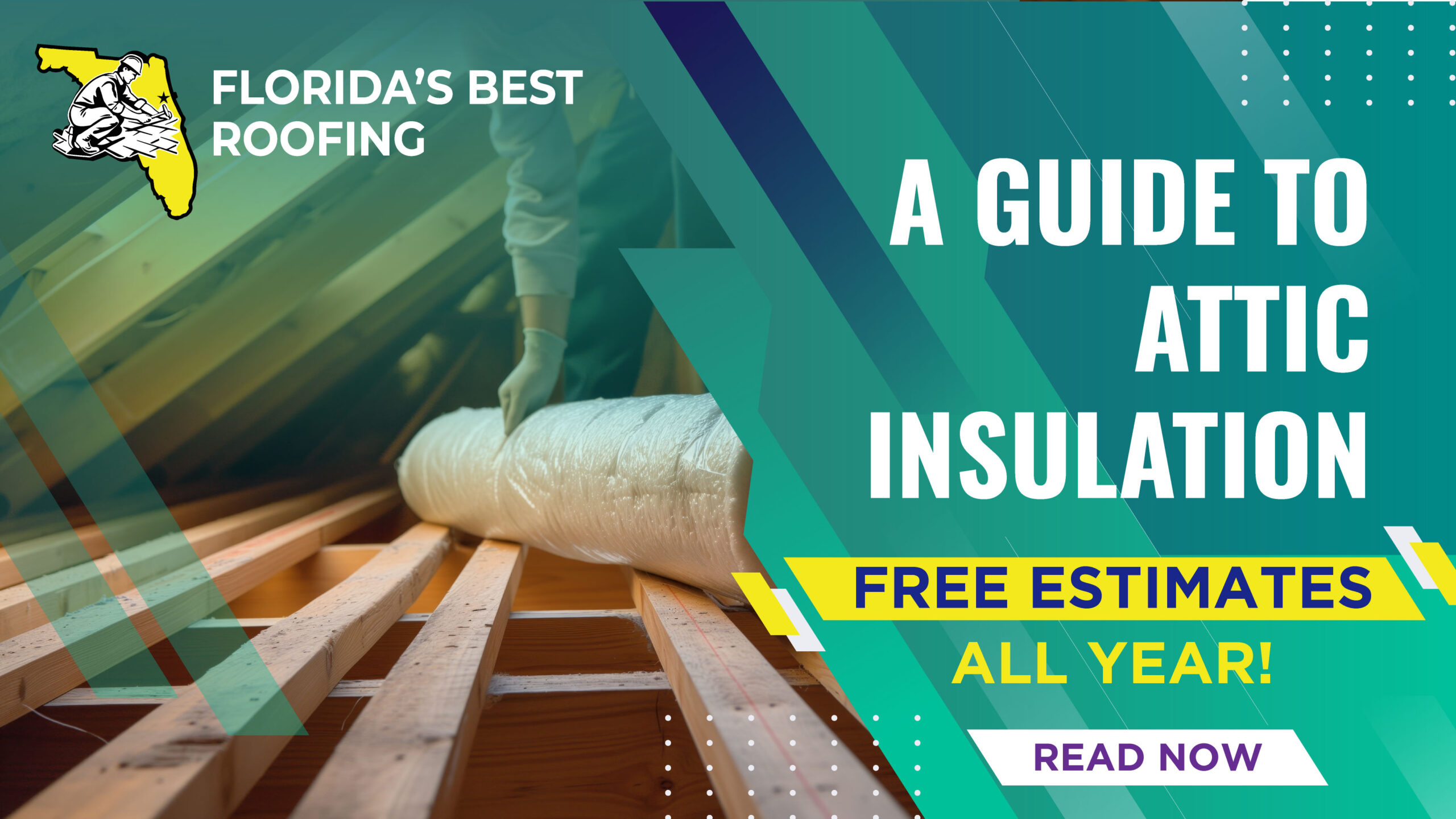Why You Shouldn’t Delay Roof Replacement: Risks You Can’t Afford to Ignore
Shouldn’t Delay Roof Replacement: Risks You Can’t Afford to Ignore
Your roof is more than just a part of your home’s exterior—it’s your first line of defense against the elements. While it might be tempting to put off replacing an aging or damaged roof, waiting too long can lead to much bigger problems. Delaying roof replacement can compromise your home’s safety, value, and efficiency—and cost you far more in the long run.
Here’s why addressing roofing issues promptly is one of the smartest investments you can make.
1. Rising Repair Bills
Small roofing issues rarely stay small. A minor leak or a few missing shingles can quickly turn into major damage if left unaddressed. Water intrusion, rot, mold, and even structural damage often follow. What could have been a straightforward replacement might turn into thousands of dollars in repairs—all because of a delay.
2. Reduced Energy Efficiency
A compromised roof doesn’t just leak water—it leaks air. Damaged roofs allow heated or cooled air to escape, forcing your HVAC system to work harder. That means higher monthly energy bills and decreased comfort. Investing in a new roof can significantly improve insulation and help reduce energy costs year-round.
3. Lower Property Value
Curb appeal matters—and nothing drags down a home’s visual impression faster than a worn or damaged roof. Homebuyers often see an old roof as a red flag, leading to lower offers or longer time on the market. Replacing your roof before listing your home can increase its value and attract more serious buyers.
4. Potential Structural Issues
Roof damage doesn’t just affect the surface—it can impact your entire home. Water infiltration can lead to wood rot, ceiling damage, sagging walls, and even foundation problems. The longer you wait, the more extensive (and expensive) the repairs become.
5. Health Risks from Mold and Mildew
Moisture trapped beneath a failing roof creates the perfect environment for mold and mildew to flourish. These hidden threats can cause respiratory issues, allergies, and other health problems—especially dangerous for children, the elderly, or those with existing conditions. Replacing your roof can protect both your home and your health.
6. Increased Insurance Costs
Insurance providers take the condition of your roof into serious account. An outdated or failing roof may lead to higher premiums—or even policy cancellation. Keeping your roof in good shape helps maintain your coverage and ensures that you’re protected when disaster strikes.
7. Legal Liability
Neglecting your roof could put others at risk. Loose shingles, falling debris, or leaks that damage neighboring property could leave you liable. If someone gets injured on your property due to a roofing hazard, the legal and financial consequences could be severe.
8. Added Stress and Uncertainty
Living under a failing roof creates ongoing worry—especially during Florida’s storm season. Peace of mind is priceless. A new roof means security, confidence, and knowing your home is protected against whatever weather comes your way.
9. Missing Out on Modern Efficiency
Today’s roofing materials are stronger, more durable, and far more energy-efficient than those of even a decade ago. Delaying replacement means missing out on these modern benefits—from better insulation to solar reflectivity. A new roof can lower your energy use and your environmental impact.
10. Environmental Consequences
Old roofs aren’t just inefficient—they’re often wasteful. Damaged roofs can lead to water intrusion and runoff issues, while outdated materials may not be recyclable. Replacing your roof with eco-friendly options helps protect your home and the planet.
Make the Smart Choice—Don’t Wait
Putting off a roof replacement may seem like a way to save money now, but the hidden costs can be overwhelming. From structural damage and high energy bills to health hazards and insurance risks, the price of waiting is simply too high.
Take action before small issues become major headaches. Protect your investment, your family, and your peace of mind.
Need Expert Advice? We’re Here to Help.
Florida’s Best Roofing, Inc. is a fully licensed and insured local contractor with decades of experience. Whether you’re in need of repairs or ready for a full replacement, we offer honest assessments and high-quality work you can count on.
📍 Serving Palm Coast, Flagler, and Volusia counties
📞 Call us today at (386) 263-7906 for a free estimate
🌐 Visit us online: www.FloridasBestRoofing.us
📧 Email: FloridasBestRoofing@gmail.com












